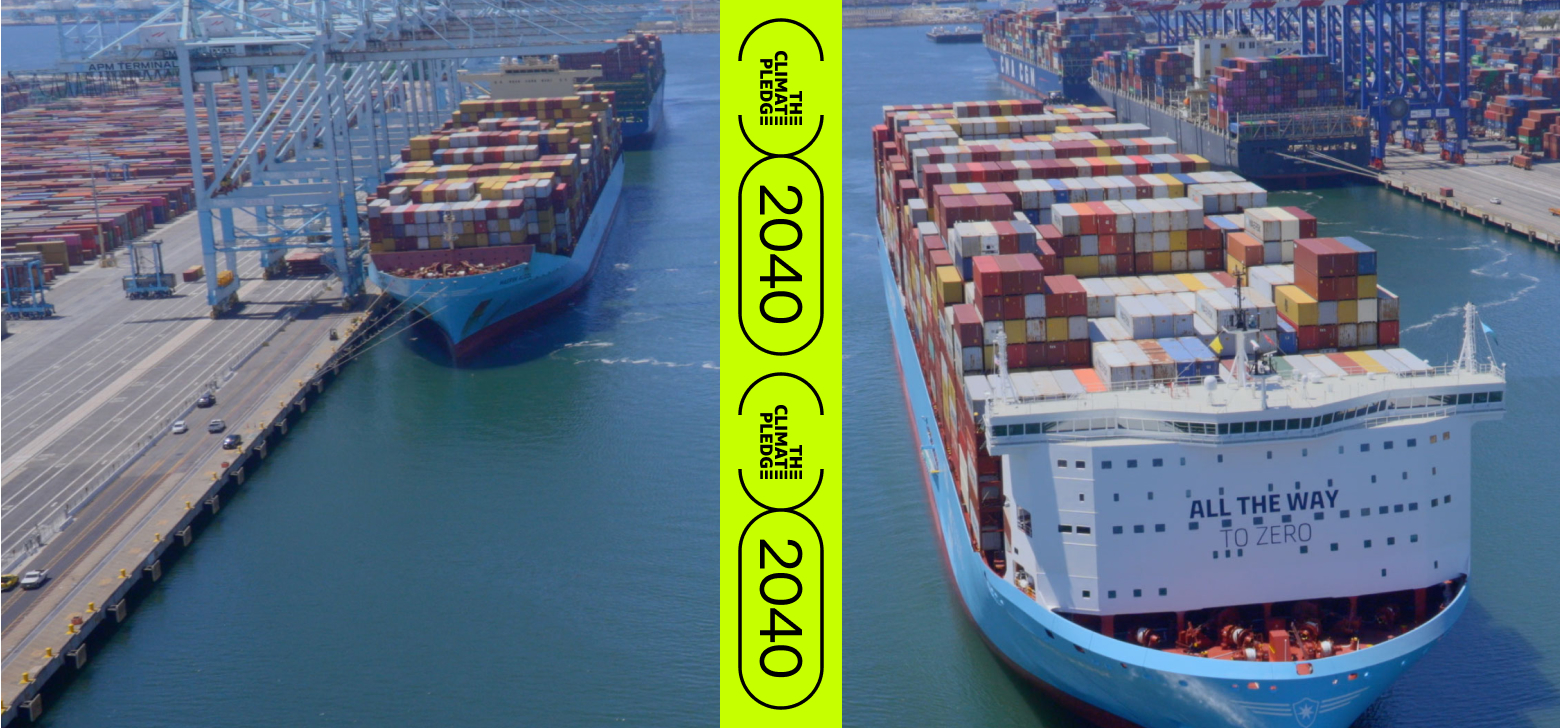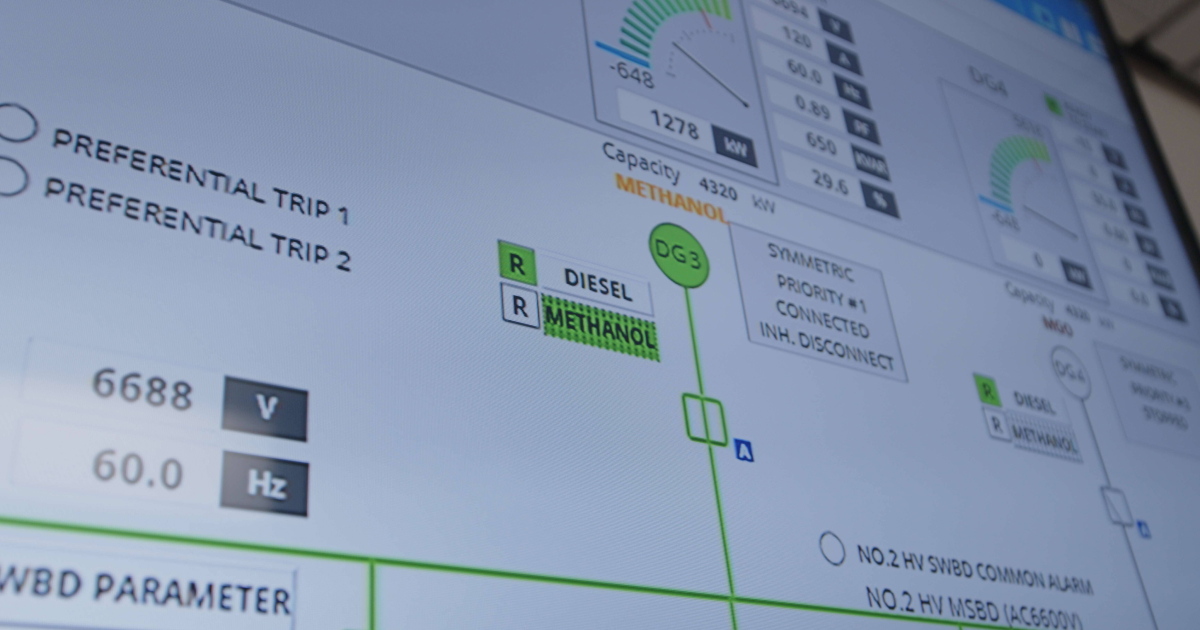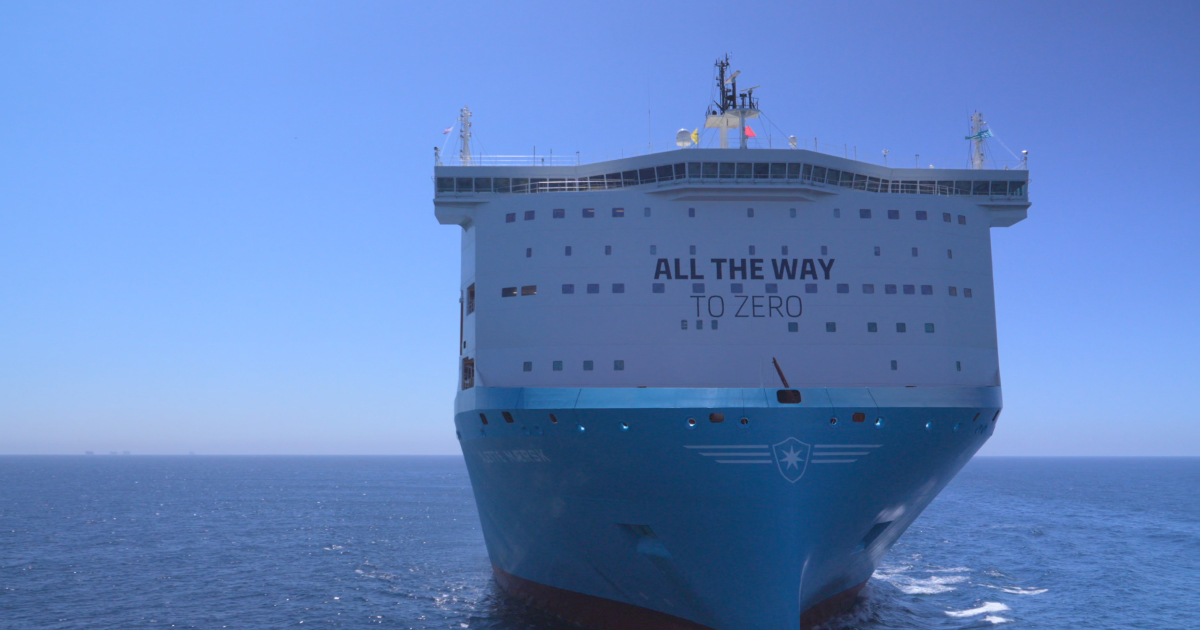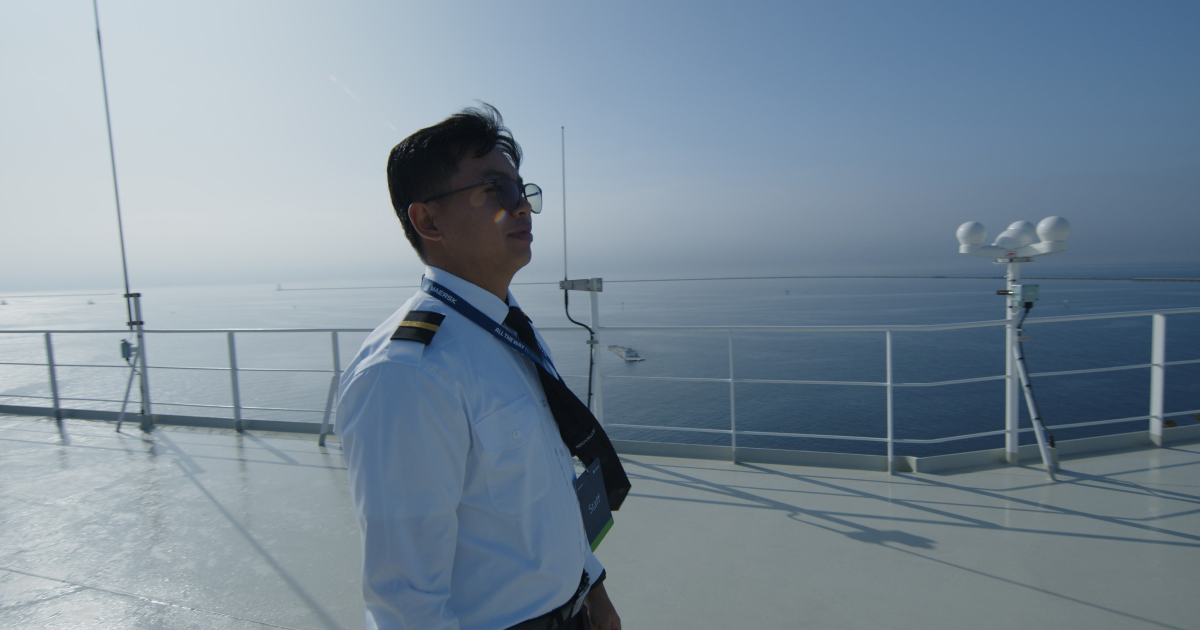On August 27, 2024, Maersk achieved a big milestone: Its fourth dual-fuel methanol-enabled container ship became the first of its kind to arrive in the United States after a successful voyage carrying cargo from China. We attended an event marking the ship’s arrival and name-giving and spoke with Maersk’s Senior Commercial Sustainability Partner, Saba Takidar, about how the logistics solutions giant is driving and seizing technical and commercial opportunities in this space.
The Climate Pledge: How did Maersk's climate commitment take form? What drove it?
Takidar: Citizenship and environmental responsibility are embedded in our values. That motivation to do the right thing was what first started our climate ambition. But then, of course, we’re also a business. So we listen to what the business world asks of us, and to where the demand is from customers.
We provide integrated logistics solutions to some of the biggest companies in the world. Over time, they’ve begun to demand logistics solutions to meet their own climate goals and customer demands. It's no longer just about getting something from point A to point B as quickly and cheaply as possible, but also getting it there with the least climate impact.
The Climate Pledge: Why is this vessel launch such a milestone for Maersk?
Takidar: She’s amazing, isn’t she? This vessel is dual-fueled, so she’s capable of running on lower greenhouse gas (GHG) emissions fuel compared with conventional bunker fuel. Why is that such a big deal? First, having anything run on an alternative fuel at this scale is in itself a milestone. Second, getting the amount of fuel necessary to support a journey as long as hers across the ocean is also huge. The third thing is just the fact that all of this is relatively new. So just engineering-wise, it's amazing that we were able to come up with a design that fits dual-fuel ocean shipping at this scale.





